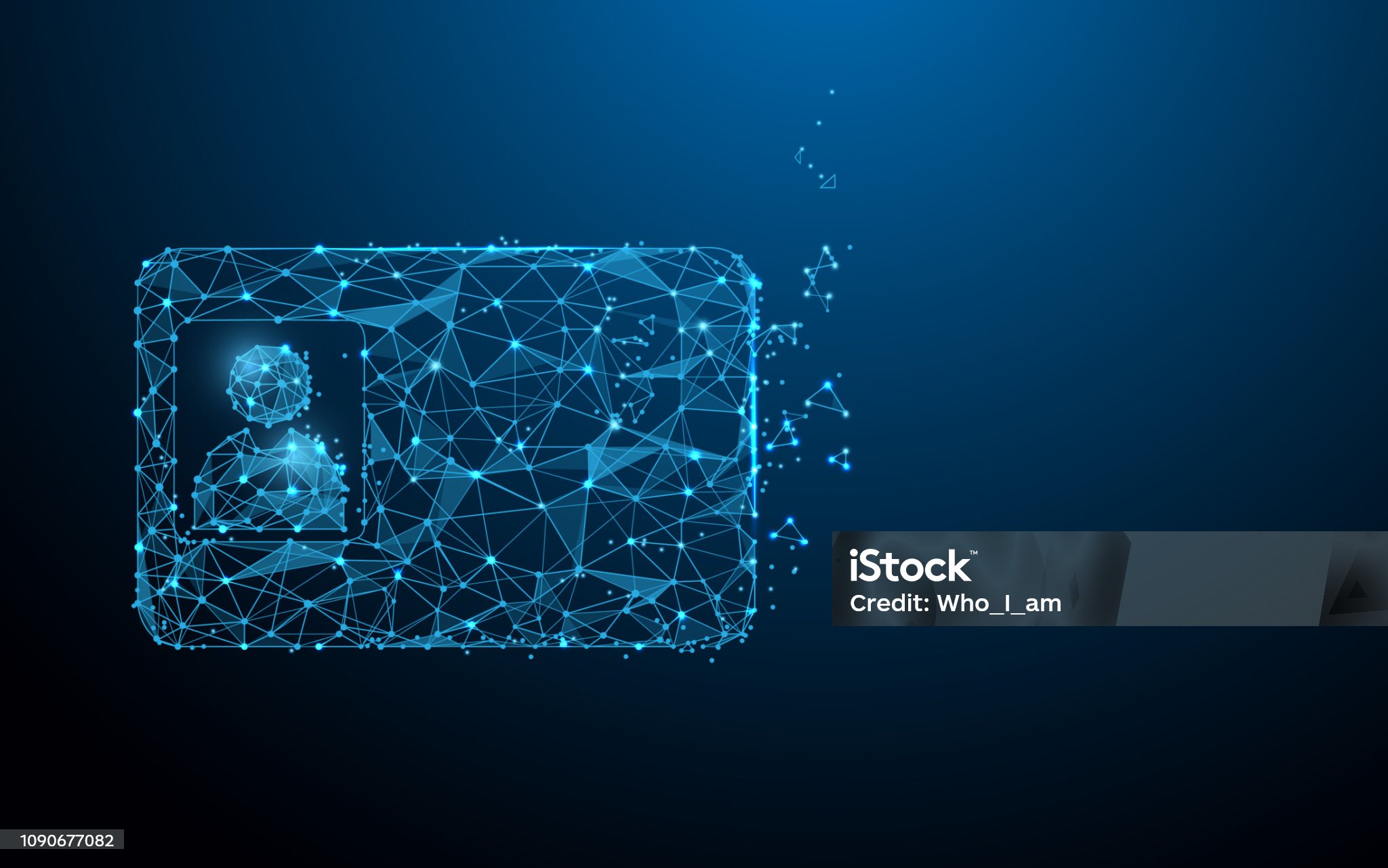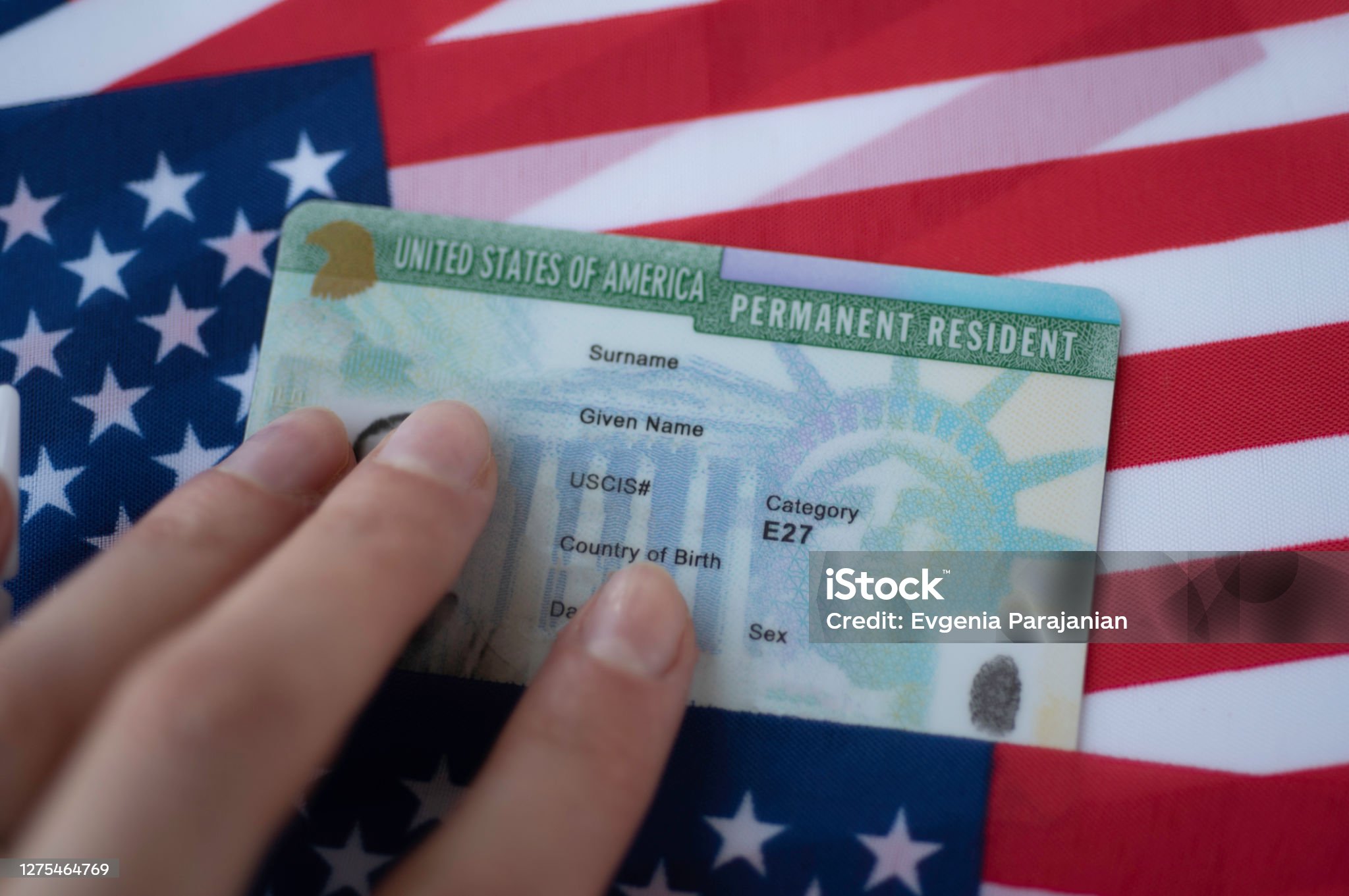
1. Introduction to Identification Documents
Identification documents have significant personal and societal impacts. They act as "permissions" and "access passes," meaning society functions smoothly only when they are available and universally accepted. There are different kinds of identification documents, each serving a specific purpose. Take, for instance, a driver's license, which confirms an individual's legal ability to drive, and a copyright, which acts as proof of citizenship and permits border crossings. Such documents serve a vital personal function and are essential when handling contracts, such as for employment, services, insurance, or rentals. Many times, financial institutions might request to review these documents if the borrower appears unreliable or does not have a very strong credit history. Such identification acts both as an identification method and as legal clearance for various functions.

Historically, identification documents were less central to everyday life than they are now. Their significance has increased over time due to shifts in legal and security frameworks. Technological advancements enable organizations to develop advanced secure systems that outpace public ID technology. Numerous nations are transitioning to biometric-based standards for national IDs. Some already utilize electronic exit systems.
A person's identification documents are "proof" that signifies the legal status of an individual. Globally recognized identification forms, such as passports, copyright, copyright, and driver's licenses, are accepted worldwide as proof of identity at both local and international scales. Many people file these identification documents under lock and key or with good protection and ensure quick access to them when required.
This discussion addresses the legitimacy and importance of certain documents such as IDP, Real ID, copyright, copyright, copyright, and resident permits to increase awareness of their relevance. Both educators and the public ought to be aware of these key identification papers, as it could be useful in preventing the loss or aiding in the recovery of such essential items. The content here is directed at both domestic and international audiences, aiming to ensure they possess the vital documents necessary for their knowledge and ideals.
2. Legal Framework and Regulations Governing Identification Documents

The governance of identification documents depends on jurisdiction-specific laws and rules. Documents are issued directly to individuals by an issuing authority and under specific guidelines and rules intended to keep the integrity and accuracy of the document. These documents can be mandatory for certain situations while serving as optional verification in others. It is the responsibility of the individual to follow the rules of the jurisdiction that governs the use of the document. In conclusion, individuals should familiarize themselves with the local legal requirements in any jurisdiction where they intend to use such documents or perform transactions. For the most part, state or local government agencies are responsible for issuing, regulating, and limiting specific documents for designated transactions.
However, the differences in identification requirements across jurisdictions may interfere with international travel and commerce. It is, therefore, a global concern when people feel wholly alienated when they travel from one country to another and do not comprehend the rules and regulations regarding identification documents. It would be impossible to list all of the rules for each country here, but it is important to know, that with nearly 200 countries and billions of global inhabitants conducting international trade and business, understanding identification requirements is vital. By not following the rules, individuals may find themselves in conflict with another country’s laws, and that is where the rules of reciprocity and international legality come into play. Noncompliance can have civil and possibly criminal legal implications as it violates laws, including laws about identity, privacy, trade, commerce, and human rights.
The balancing of public policies with protected rights can be complicated when establishing security standards for identification in travel. That is, human rights may conflict with public policy on the tightest, most secure identification and documentation required to combat terrorism. Finally, within the last five years, because of the advent and recognition of using digital mobile driver licenses, countries have either clarified their laws on this or started to draft regulations and laws to govern their usage beyond just technology, which is a moving target. Digital identification documents for travel are being considered as the future direction for global travel management. Despite the shift towards mobile driver’s licenses, the use of passports is expected to persist well into the future.

Both the standardization and evolution of digital IDs and mobile driver licenses are progressing as well. Take California as an example: two years after passing its mobile copyright law, stakeholders are now ready to agree on formal rules for the first state-endorsed mobile license.
3. Comparative Analysis of International Driver’s License, Real ID, copyright, copyright, copyright, and Resident Permit
An International Driver’s License is an identification produced for people who are driving internationally. Neither the United Nations nor the International Non-Governmental Organization designed the International Driver’s License for the purpose of traveling between states.
The Real ID, is mainly used as a form of identification acceptable for boarding domestic flights, and functions alongside state driver’s licenses and ID cards that meet national standards. In addition to domestic travel, the Real ID can be used to enter federal sites and nuclear plants. However, the Real ID is not meant to replace a travel document, copyright, visa, or residency permit. Even though some individuals could use it overseas for identification or birth date verification, its main function is for domestic use.
More specifically, passports are in the United States a form of original rather than derived identification. A copyright is primarily used as a tool of foreign diplomacy; it was made to protect citizens from arrest or to help them travel and attend non-obligatory meetings to negotiate treaties or other matters of common concern. This is the official, often administrative, use. The copyright also has, naturally, additional bureaucratic and personal uses. To travel internationally, or even regionally in some cases, travelers need more than just a copyright; they must also satisfy several other criteria.
copyright are issued at birth and are typically required to acquire passports and other forms of official ID. In comparison, copyright and passports might appear to serve similar purposes. However, a copyright has ongoing effects. Additionally, while a copyright is necessary to get a copyright, it never directly leads to acquiring a “second copyright”. A copyright does not influence the acquisition of a second copyright unless the individual plans on obtaining an illegal second nationality.
4. Security Elements and Fraud Prevention in Identification Documents
Several security measures are in place to prevent the counterfeiting, modification, and fraudulent usage of identification documents. Many identification documents utilize features such as holograms, multi-layered images, and laser engravings for enhanced security. Some ID cards are embedded with RFID chips holding biometric data and digital imagery to prevent misuse.
A number of these security components remain covert or semi-covert, including elements like special inks, watermarks, or microscopic text. Such security features are designed to make identification documents highly resistant to counterfeiting.

Typically, the security level of an identification document needs to match the trust or authority level it represents. For instance, a copyright doesn’t need the same high-level security features as a copyright, which is primarily used for international travel.
Advances in technology have driven the creation of more advanced security elements for ID documents. It is important to continuously implement and update security features and issuance methods to outpace counterfeiters and fraudsters.
Additionally, it’s vital to consistently evaluate both current and emerging security methods to ensure they remain effective. This ensures that copyright these features stay ahead of evolving threats that could undermine document security.
A robust anti-fraud security system should emphasize both preventive and responsive measures. Proactive strategies involve measures such as training, public outreach, public service announcements, security conferences, and workshops.
5. Final Thoughts and Emerging Trends in Identification Document Technology
This article explores the wide range of identification documents used globally. Identification documents should be understood not only in terms of technical aspects like security features but also through the legal frameworks supporting their use in courtrooms.
My research highlights varying perspectives on what constitutes a strong identification document and how its value as a verification tool changes depending on where it’s utilized. It would also be interesting to examine through ethnographic methods how the definition of a “good” identification document varies by country. Comparison studies shed light on how identification document legitimacy can differ, even among countries with similar systems.
The future of identification documents is being shaped by cutting-edge technological advancements. Digital technology is helping to advance the functionality and security of traditional documents such as eIDs, keeping pace with mobile phone trends. Key developments in this technological shift are the integration of biometrics and blockchain as distributed ledger technologies.
Biometrics and its “liveness” function will collect the necessary biometric data during the direct correspondence between the person and the enrolling or verification authority, increasing the level of trust in the correct identity, excluding digital diversion of identity. It will go beyond our basic human rights recognized by international law and several constitutions. This access must remain as private as possible and the subject of consent.

The spread of digital identity can also lead to issues related to exclusion. Many people do not have the means to access digital identities, which can be problematic. A so-called “identity gap” has emerged due to technological advances, which lead to unequal levels of access to identity verification across different parts of society.
Digital identity systems need to be systematically compared to traditional, physical identification documents. Besides verifying identities, digital identity systems also play a role in evaluating risk for a range of transactions. Further research is needed to examine how the rights associated with offline identification verification can be extended to digital identity scenarios.
Comments on “Innovations in Identification Documents with Biometric Authentication for Global Travel”